PaleoPlan Nutritionist, Kinsey Jackson, shares her journey to reclaiming her health and how she naturally reversed her autoimmunity.
Chances are you know someone with an autoimmune disease or disorder. Over 80 different autoimmune disorders have been recognized to date, and this number continues to grow as scientists uncover more ways in which the immune system can become dysregulated. (1) Some of the more well-known autoimmune diseases include celiac disease, rheumatoid arthritis, autoimmune thyroiditis, multiple sclerosis, lupus, Crohn’s disease, psoriasis, type 1 diabetes, and eczema.
Simply stated, autoimmunity occurs when your immune system attacks your own tissues. A healthy immune system creates antibodies against anything that it perceives as foreign, such as viruses, bacteria, and the like. In the condition of autoimmunity, the immune system starts producing antibodies against the body itself (called autoantibodies), which lead to the characteristic symptoms of autoimmunity: pain, swelling, and tissue destruction. If you suffer from autoimmune disease, then you know how serious things can get when your immune system goes haywire and mounts an attack against you.
Do you struggle with bloating, gas, constipation, or other digestive issues? We’ve created a FREE guide to healing your gut naturally.
Click here to get your FREE copy of our Digestion Guide!
Since the immune system can target virtually any type of tissue or cell in the human body, the number of autoimmune disorders is theoretically endless. Regardless of the particular autoimmune disease, the underlying cause is always an overactive immune system that’s destroying the body’s own healthy tissues. In fact, what distinguishes one autoimmune disease from another, is simply the part of the body that’s currently under attack. For example, rheumatoid arthritis is the result of the immune system targeting the body’s joints. Autoimmune thyroid diseases occur when the thyroid gland is under attack. Psoriasis and eczema result from the skin cells being targeted and lupus is the effect of damage to the connective tissues.
By now you may be wondering… why in the world would our immune system turn against us!? The answer: a leaky gut.
Your Gut on Inflammation

Not until recently have we had solid evidence of how a leaky gut plays a major role in most (if not all) autoimmune disorders. Considering that 70 to 80 percent of the immune system lies in and around the gut wall, it’s not hard to imagine how the immune system gets triggered when particles of stuff from your intestines leak through the gut wall and into contact with the immune system, which produces inflammation in response. (2) A leaky gut that never heals can eventually result in chronic inflammation because the immune system’s first and foremost job is to produce inflammation in response to anything it perceives as foreign.
As it turns out, inflammation lies at the root of the vast majority of “diseases of modern society” that plague the modern world today, including heart disease, obesity, diabetes, Alzheimer’s and dementia, cancers, and of course, autoimmune diseases. Perhaps that’s why the father of Western Medicine (Hippocrates) proclaimed over 2,000 years ago that “All disease begins in the gut.”
Paleo Obliterates Inflammation
The great news is that the Paleo diet does wonders to help heal leaky gut syndrome. Many people with autoimmunity (and other inflammatory disorders) have great success reversing their diseases by healing their leaky gut to eliminate inflammation. If you or someone you know struggles with autoimmunity or another inflammatory disorder, then I recommend starting the Paleo diet immediately.
The Paleo diet removes the main food culprits of leaky gut that are known to trigger inflammation in the body such as: grains, legumes (beans), dairy, industrial seed oils, processed foods, and other man-made foods that are foreign to the human body.
I Ate Away My Autoimmunity with the Paleo Diet
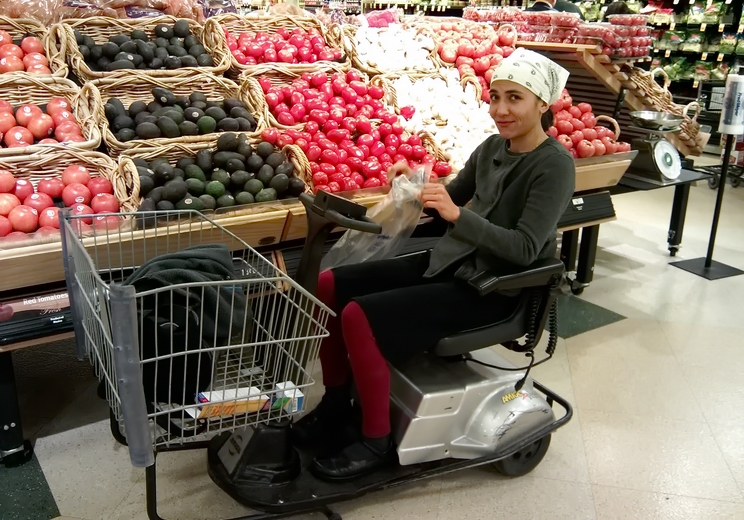
After being diagnosed with multiple autoimmune diseases at the young age of 30 (including rheumatoid arthritis, lupus, hypothyroidism, alopecia areata, and eczema), I was able to reverse ALL of these disorders with the Paleo diet, and you can read my story here. My profound healing experience prompted me to obtain my Master of Science in Human Nutrition and study exactly why my long-term vegetarian diet of nearly 25 years had made me so sick. Now, as a Paleo nutritionist at Paleo Plan, I hear from hundreds (if not thousands) of people worldwide who share my very own experience. These same people have been able to reverse their autoimmunity with food and lifestyle alone!
If diving headfirst into the Paleo diet sounds overwhelming, then check out these seven easy ways to start eating away autoimmune disease… one delicious bite at a time!
7 Ways to Eat Away Autoimmunity and Inflammation
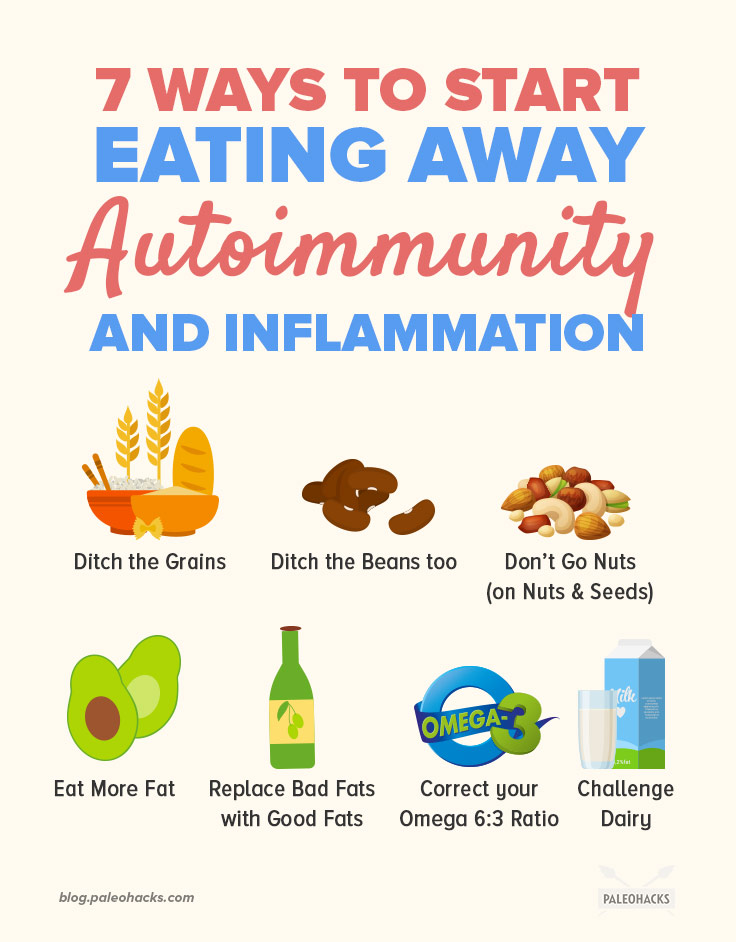
1. Ditch the Grains
Grains and pseudo-grains contain harmful chemicals called “anti-nutrients” that irritate the gut lining and trigger leaky gut syndrome, which results in the production of inflammation. (3) These anti-nutrients act to protect the plant while it remains in its seed stage of life. Mama plant doesn’t want you eating her babies, so she concentrates these chemicals in her seeds, which irritate the intestinal lining of most animals who eat the seeds. Keep in mind that grains are the seeds of grasses, and beans are the seeds of legume plants!
Examples of grains that are excluded on the Paleo diet: corn, rice, wheat, quinoa, oats, amaranth, teff, most flours, etc.
2. Ditch the Beans too
Similar to grains, legumes (beans) also contain problematic anti-nutrients (such as phytic acid) that not only irritate the intestines, but also bind up the precious minerals contained within the seed, making these nutrients unavailable for digestion and absorption into our bodies. (4)
Examples of legumes that are excluded on the Paleo diet: beans, soy, lentils, peanuts, hummus, etc.
3. Don’t Go Nuts (on Nuts & Seeds)
Similar to the grains and legumes, nuts and seeds also contain anti-nutrients. However, they contain less of these harmful chemicals because their outer shell serves as the primary defense system while they remain in the seed stage. Too many nuts and seeds can also trigger inflammation and leaky gut, so you’ll want to keep your consumption to a small handful a day or less. (5)
To reduce the anti-nutrient content of raw nuts and seeds be sure to soak them in water for at least one day to allow them to start the sprouting process and rinse well before cooking or eating (don’t drink the soaking water)!
4. Eat More Fat
As it turns out, humans evolved eating a LOT more fat than we do today. The diets of our Paleolithic ancestors are estimated to have been up to 58 percent total fat and 15 percent saturated fat. In contrast, our current intake of fat is around 35 percent total fat and 11 percent saturated fat. (6, 7)
When we removed the fat from our diets, we increased the amount of carbohydrates, which are independently correlated to the production of inflammation in the body. This shift in our macronutrient ratios away from fats and towards carbohydrates, may be the single biggest contributing factor to the current obesity and chronic disease epidemic! (8, 9)
While there is no one ideal macronutrient ratio, we keep the macros in our PaleoPlan meal plans within a range that we know works well for most people.
50-60% fat
20-25% protein
10-20% carbohydrate
5. Replace Bad Fats with Good Fats
Most people are confused when they hear that Paleo emphasizes fats which have been long scorned by traditional recommendations (like grass-fed red meats, butter and egg yolks), and avoids fats which are touted for heart health (such as liquid vegetable oils). (10)
Most polyunsaturated vegetable oils are chemically unstable, and can readily become free radicals when exposed to heat, light, or oxygen. (11) Free radicals are extremely health-destructive and are correlated to aging and disease. (12) Liquid vegetable oils also contain high amounts of inflammatory omega-6 fatty acids, which I’ll discuss in a moment.
In contrast, saturated fats (like lard, tallow, and butter) are much more stable on the molecular level, and can therefore be exposed to much higher amounts of heat, light, and oxygen without turning rancid. Our organs, brains, and hormones rely on saturated fats, which are used throughout the body to build and repair tissues. (13)
Examples of fats to include in your Paleo diet are mainly saturated and monounsaturated fats, with very few polyunsaturated fats. Ideally these fats are grass-fed, pastured, organic, and/or unrefined and include: animal fats, grass-fed butter and ghee, egg yolks, lard, tallow, schmaltz, coconut products, avocados and their oil, extra virgin olive oil, and more.
Example of fats excluded on the Paleo diet: butter alternatives (margarine), “vegetable oils”, Crisco, and the oils of canola, cottonseed, grapeseed, peanut, safflower, soybean, sunflower, etc.
6. Correct your Omega 6:3 Ratio
Your omega 6:3 ratio is simply the ratio of omega-6 to omega-3 fatty acids in your body. Most of us have waaay more (inflammatory) omega-6 than we do (anti-inflammatory) omega-3 in our bodies. Having an elevated omega 6:3 ratio readily triggers inflammation because omega-6 is the direct chemical precursor to inflammation!
The best way to correct your omega 6:3 ratio is by gradually increasing your intake of omega-3 fats, while reducing your intake of inflammatory omega-6 fatty acids. You can accomplish this is by eating oily seafood two to three times a week (that’s about 10-20 oz. of cold-water, fatty fish per week). At the same time, you’ll want to minimize your intake of omega-6 fats, which are found in the vegetable oils I’ve listed above under the “fats excluded on the Paleo diet.”
7. Challenge Dairy
Human beings didn’t eat dairy products before animals became domesticated and current statistics estimate up to 70 percent of the world’s population is lactose intolerant to some degree (lactose is one of the sugars found in dairy), while others are more sensitive to the protein components found in dairy (i.e. casein, whey, etc.). (14)
Many people don’t realize they have a dairy intolerance until they remove it from their diet for at least 4-6 weeks in what’s called an elimination provocation challenge. (15) Once removed for several weeks, most people with dairy intolerance will react adversely when it’s eaten again (i.e. return of symptoms, allergies, digestive disturbances, etc.). If you’re eating dairy and have even a mild intolerance, it can result in the production of chronic inflammation from your immune system.
Try removing all dairy from your diet for at least 4-6 weeks to see if your symptoms improve (i.e. less bloating, fewer allergies, more energy, less body pain and inflammation, etc.). If you do decide to include dairy in your diet, be sure that it’s high quality: grass-fed, pastured, and organic. Most people tolerate grass-fed ghee, since it’s butter that has been clarified into pure butterfat, meaning the allergenic protein and sugar components have been removed.
The Bottom Line
If you’re suffering from autoimmunity or another inflammatory disorder, please know that there’s hope for you that does NOT involve lifelong pharmaceutical drugs! So many people, including myself, have incredible success putting (and keeping) autoimmune disease in remission with diet and lifestyle alone.
The Paleo diet helps thousands of people worldwide to shed inflammation to regain their health and vitality by simply eating the foods that Mother Nature intended for us to eat. Healing the gut with delicious, whole foods is by far the safest and most antiquated method to keep our bodies disease-free. If you need help getting started with the Paleo diet, you can try our PaleoPlan Meal Planning service FREE for 2 weeks by clicking here.
In good health,
Kinsey Jackson, MS, CNS®
PaleoPlan Nutritionist


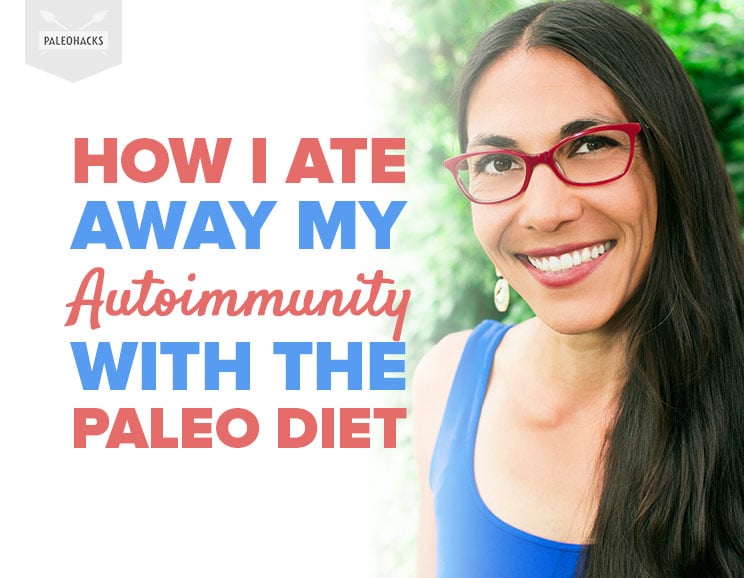
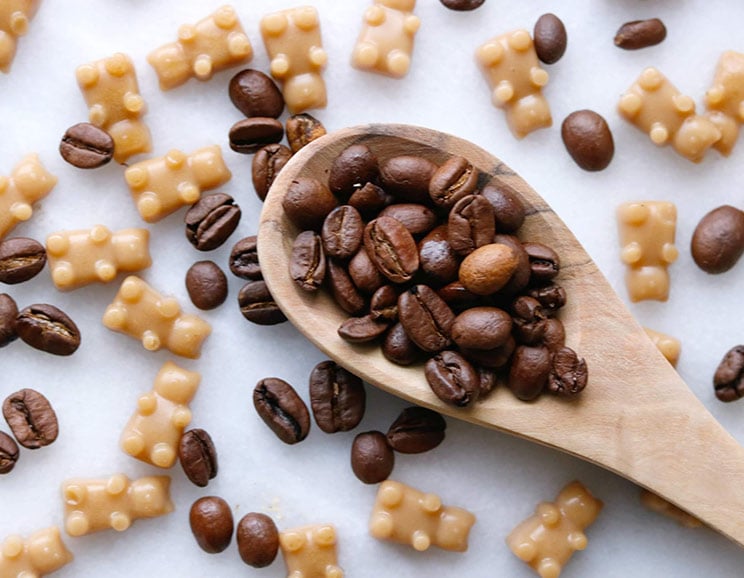 3-Ingredient Latte Gummy Bears Recipe
3-Ingredient Latte Gummy Bears Recipe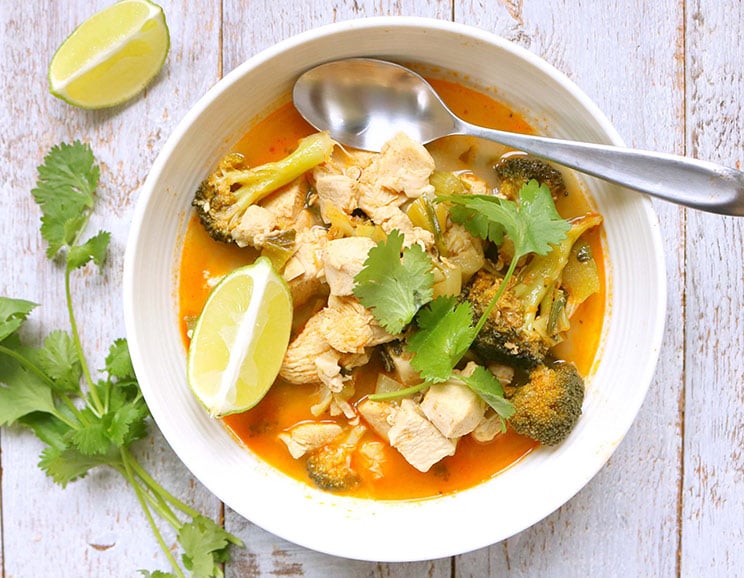

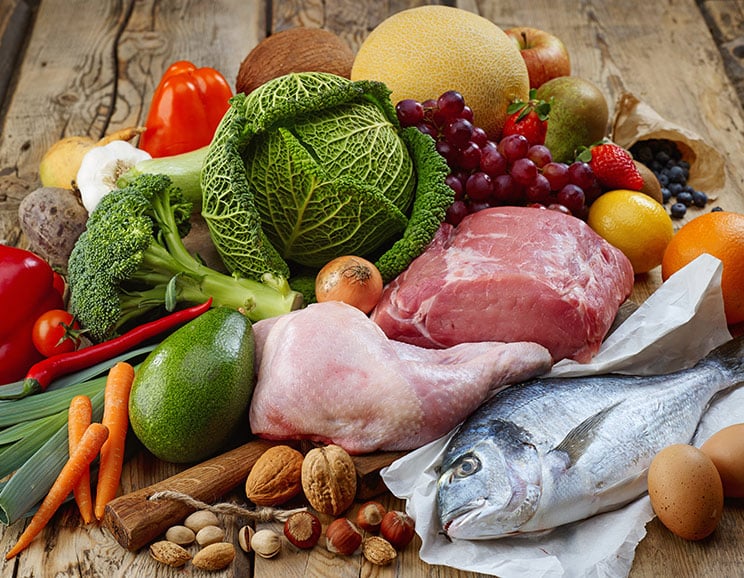
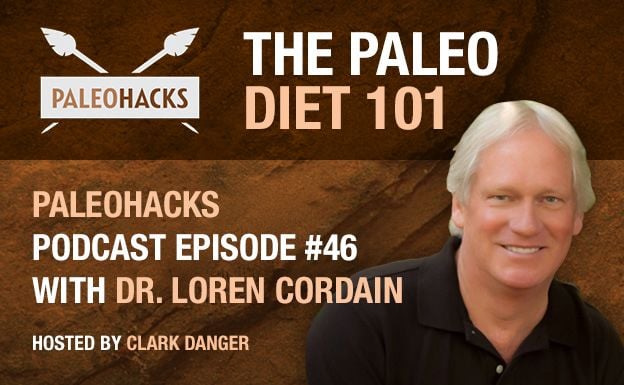

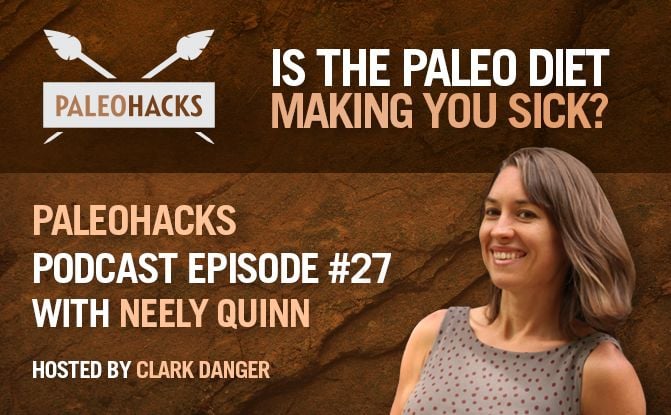
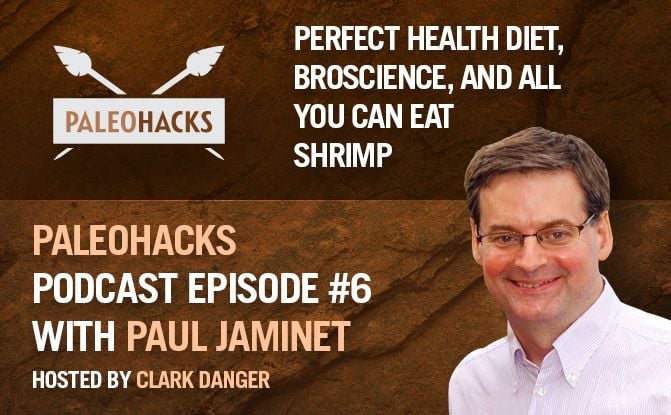
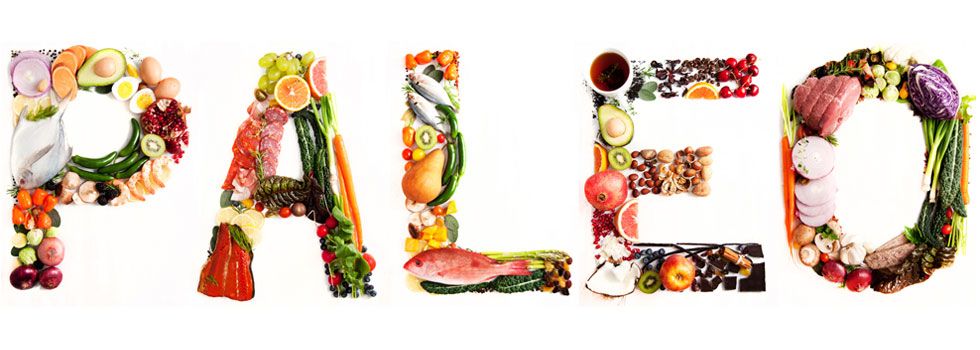
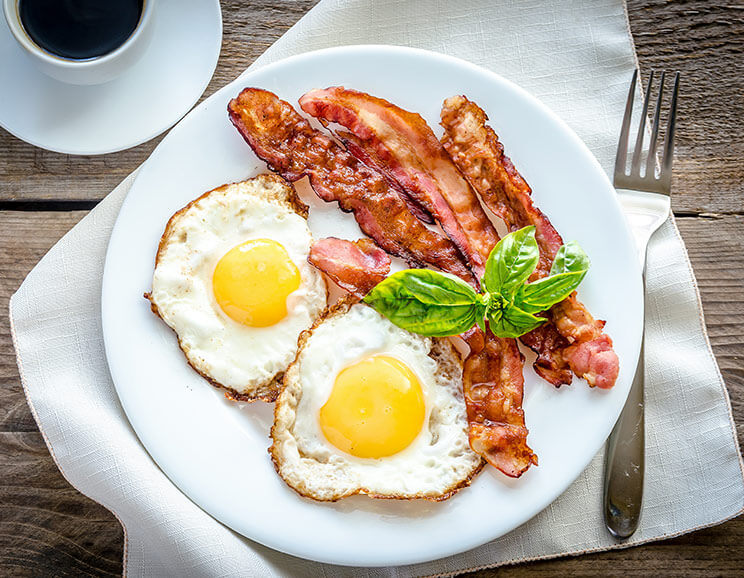
Show Comments